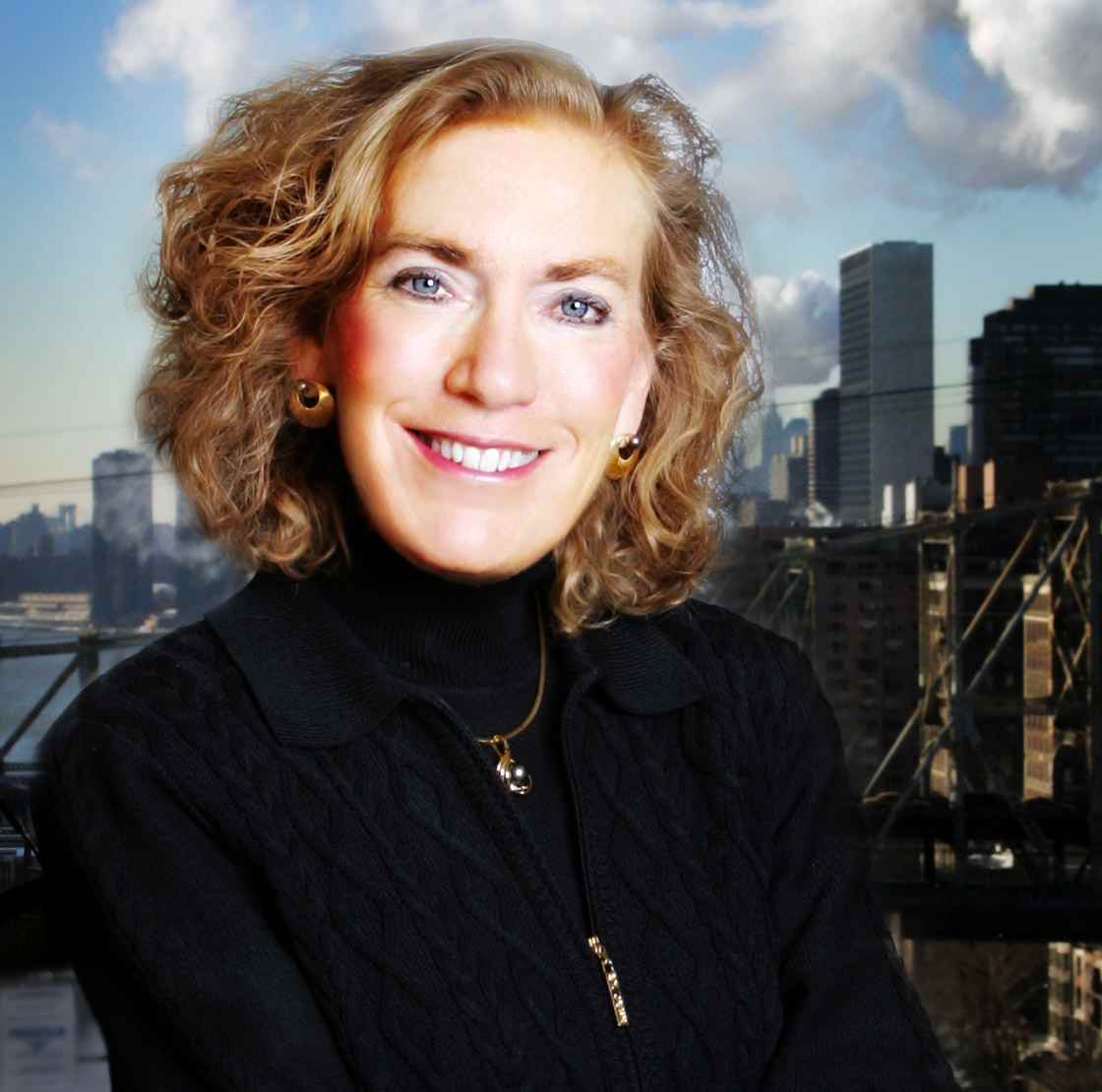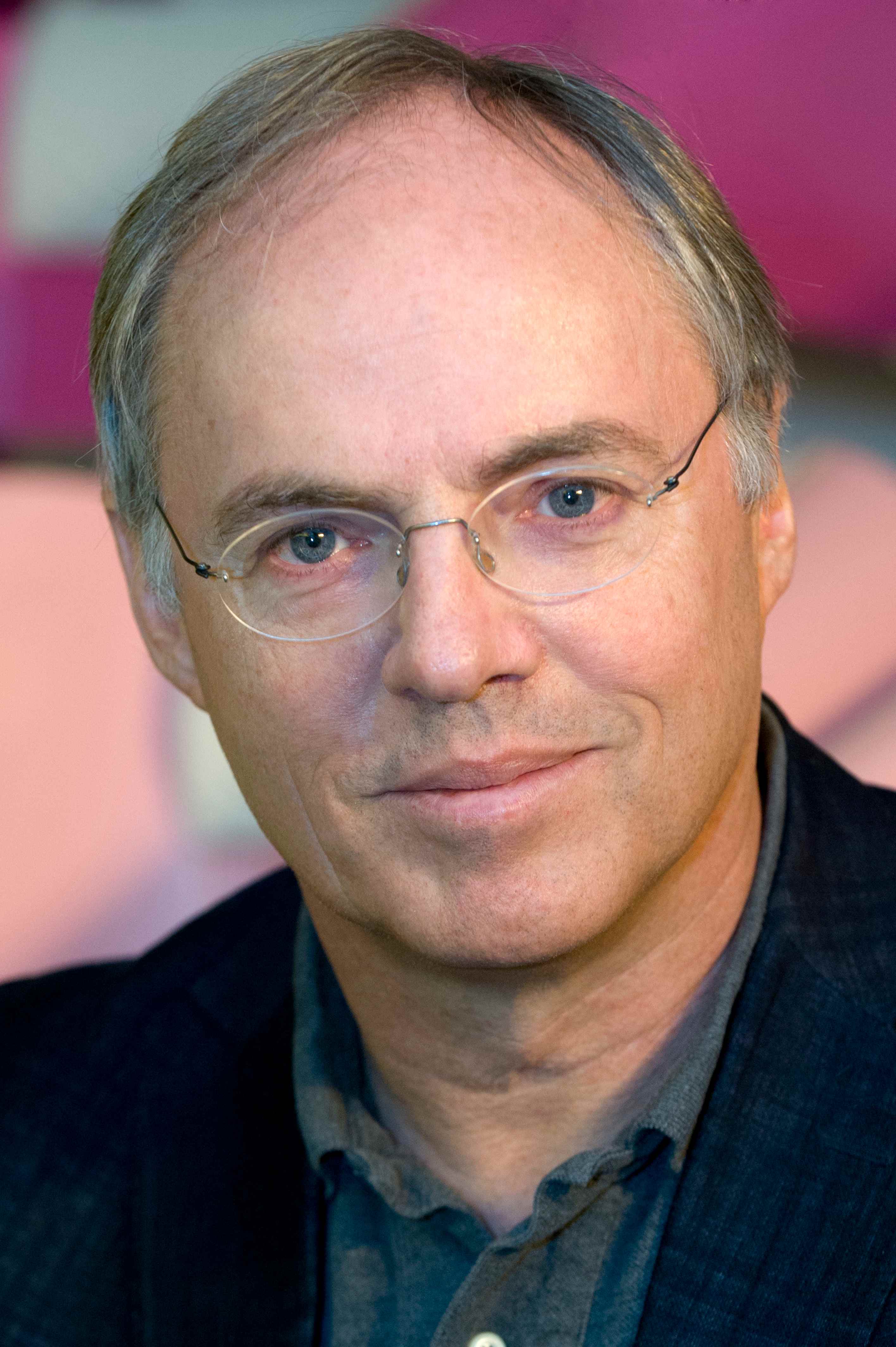Epithelial plasticity in health and disease
Sunday 31 August
16:30-18:00, Grand Auditorium
 |
Laboratory of Mammalian Cell Biology & Development, The Rockerfeller University, New York, US Skin Stem Cells in Silence, Action and Cancer Stem cells (SCs) have the ability to self-renew long term and differentiate into one or more tissues. Typically, SCs are used sparingly to replenish cells during normal homeostasis. However, even SCs that are quiescent must be able to respond quickly to injury in order to fuel rapid tissue regeneration. How SCs balance self-renewal and differentiation is of fundamental importance to our understanding of normal tissue maintenance and wound repair. Increasing evidence suggests that the regulatory circuitry governing this balancing act is at the root of some types of tumors both in mice and in humans. The skin is an excellent model system to understand how SCs function in normal tissue generation and how this process goes awry in cancer. We’ve identified SC niches within the epidermis, hair follicle, sebaceous glands and sweat glands. We’ve learned that different niches become activated in response to different types of injury, and that during normal homeostasis, SC behavior is controlled not only through cues received from their microenvironment but also through signals emanating from their differentiating lineages. We’ve been dissecting how extrinsic signaling to SCs trigger a cascade of transcriptional changes that govern SC activation during tissue development, homeostasis and hair regeneration. Our findings provide new insights into our understanding of the process of SC activation, and in so doing have revealed mechanisms which are also deregulated in a variety of different human cancers. Our goal is to understand how SCs start and stop making tissue, and how this changes in cancer. Our recent discoveries on this topic have led us to the realm of identifying and characterizing cancer SCs (tumor-initiating cells) of squamous cell carcinomas (SCCs) of the skin. We developed a new method to knockdown genes specifically in skin and oral progenitors, enabling us to screen not only the differences between cancer and normal SCs, but also the myriad of gene alterations surfacing from the Human Cancer Sequencing project. Our screens have illuminated new oncogenes and tumor suppressors for SCCs, among the most prevalent and life-threating cancers world-wide that include cancers of lung, esophagus, breast, cervix, prostate, throat and oral tissues. Our findings are unearthing new targets for cancer therapeutics.Biography Elaine Fuchs is the Rebecca Lancefield Professor in Mammalian Cell Biology and Development at The Rockefeller University, and a Howard Hughes Medical Institute Investigator. Fuchs has published over 300 papers and is renowned for her research in skin biology, its stem cells and its associated human genetic disorders. Fuchs’ pioneered “reverse genetics,” a method of starting with protein and working one’s way up to the genetic basis of the human disorder caused by its mutations. Applying this strategy, Fuchs has elucidated the genetic bases of a number of skin disorders, including cancers. Her current research focuses on stem cells, the long-lived cells that allow our tissues to replace dying cells and repair wounds. Using skin as a model, Fuchs explores the properties of stem cells that allow them to both replenish themselves (self-renew) and also maintain and regenerate tissues. She studies how resident stem cells communicate and respond to their local neighbors (their “niche”) and how these signals prompt them to adjust their program of gene expression and begin to make tissue, and how new signals instruct them when to stop once enough tissue has been made. By studying these basic properties of stem cells, Fuchs’ team has made major contributions towards understanding how tissues repair injuries and how abnormalities in stem cell behavior can lead to cancers. She’s devised and employed innovative and imaginative approaches to biomedical research for over three decades. Recently, her team developed technology to conduct genome-wide RNAi screens in mice for oncogenic regulators of growth. Fuchs received her Ph.D. in Biochemistry from Princeton University. After her postdoctoral research at the Massachusetts Institute of Technology, she joined the faculty at the University of Chicago in 1980. In 2002, she relocated to The Rockefeller University. Fuchs’ awards and honors include the Presidential Young Investigator Award, Richard Lounsbery Award from the National Academy of Sciences, Novartis-Drew Award for Biomedical Research, Dickson Prize in Medicine, FASEB Award for Scientific Excellence, Beering Award, National Medal of Science (highest US honor, bestowed by Obama), L’Oreal-UNESCO Award, Madison Medal, Passano Award, Albany Prize (with Shinya Yamanaka and James Thompson), March of Dimes Prize (with Howard Green), Kligman-Frost Leadership Award (Society of Investigative Dermatology), Lifetime Achievement Award(American Skin Foundation) and Pasarow Award for Cancer Research. In April 2014, she’ll receive the Pezcoller Award (American Association of Cancer Research). Fuchs is an elected member of the National Academy of Sciences, Institute of Medicine, American Academy of Arts and Sciences, American Philosophical Society, European Molecular Biology Organization (foreign member) and the inaugural group of 100 American Association for Cancer Research Fellows. She holds honorary doctorates from Mt. Sinai/New York University School of Medicine and from the University of Illinois. Fuchs is past President of American Society of Cell Biology, International Society for Stem Cell Research and Harvey Society, and is on the Board of Governors of the New York Academy of Sciences. She has trained over 25 graduate students and 100 postdoctoral fellows, most now at major academic universities and medical schools throughout the world. |
|||
|
|
||||
 |
Hubrecht Institute, Utrecht, NL Lgr5 Stem Cells in self-renewal and cancer The intestinal epithelium is the most rapidly self-renewing tissue in adult mammals. We originally defined Lgr5 as a Wnt target gene, transcribed in colon cancer cells. Two knock-in alleles revealed exclusive expression of Lgr5 in cycling, columnar cells at the crypt base. Using lineage tracing experiments in adult mice, we found that these Lgr5+ve crypt base columnar cells (CBC) generated all epithelial lineages throughout life, implying that they represent the stem cell of the small intestine and colon. Lgr5 was subsequently found to represent an exquisitely specific and almost 'generic' marker for stem cells, including in hair follicles, kidney, liver, mammary gland, inner ear tongue and stomach epithelium. Single sorted Lgr5+ve stem cells can initiate ever-expanding crypt-villus organoids, or so called 'mini-guts' in 3D culture. The technology is based on the observation that Lgr5 is the receptor for a potent stem cell growth factor, R-spondin. Similar 3D cultures systems have been developed for the Lgr5+ve stem cells of stomach, liver, pancreas and kidney. Intestinal cancer is initiated by Wnt pathway-activating mutations in genes such as APC. As in most cancers, the cell of origin has remained elusive. Deletion of APC in stem cells, but not in other crypt cells results in progressively growing neoplasia, identifying the stem cell as the cell-of-origin of adenomas. Moreover, a stem cell/progenitor cell hierarchy is maintained in early stem cell-derived adenomas, lending support to the “cancer stem cell”-concept.Biography Hans Clevers obtained his MD degree in 1984 and his PhD degree in 1985 from the University Utrecht, the Netherlands. His postdoctoral work (1986-1989) was done with Cox Terhorst at the Dana-Farber Cancer Institute of the Harvard University, Boston, USA. From 1991-2002 Hans Clevers was Professor in Immunology at the University Utrecht and, since 2002, Professor in Molecular Genetics. From 2002-2012 he was director of the Hubrecht Institute in Utrecht . Since 2012 he is President of the Royal Netherlands Academy of Arts and Sciences (KNAW). |
|||
|
|
||||
 |
Instituto de Neurociencias, Alicante, ES Cell plasticity in health and disease The epithelial to mesenchymal transition (EMT) is required in the embryo for the formation of tissues which cells originate far from their final destination. This programme endows cells with migratory and invasive properties. Interestingly, the reverse process, known as mesenchymal to epithelial transition (MET), is also essential in embryogenesis to allow the differentiation of tissues and organs once the embryonic migratory cells reach their final destination. This epithelial plasticity also operates after the pathological activation of the EMT that promotes the delamination of cancer cells from the primary tumor in their way to form metastasis. Similar to the situation in embryos, a reversion of the EMT (MET) is necessary for metastatic colonization once malignant cells extravasate and find their niche in distant organs. The epithelial plasticity has important implications in the design of therapeutic strategies. On the one hand, fully preventing delamination from the primary tumor will impede metastasis, which is the principle that has inspired efforts by academia and pharmaceutical companies to block the EMT. However, in the light of these recent data on the need for cancer cells to revert to the epithelial phenotype for metastasis formation, inhibiting EMT could favour the formation of secondary tumors from already disseminated cells. By contrast, the EMT associated to the development of fibrosis can be considered as an end stage. Renal epithelial cells undergo a partial EMT in response to a chronic insult that leads to organ degeneration and failure. These dedifferentiated cells become non-functional and never revert to the epithelial phenotype. Therefore, in contrast to the situation in cancer, therapeutic intervention inhibiting EMT can be envisioned as a promising strategy to amelliorate fibrosis.Biography |
|||





